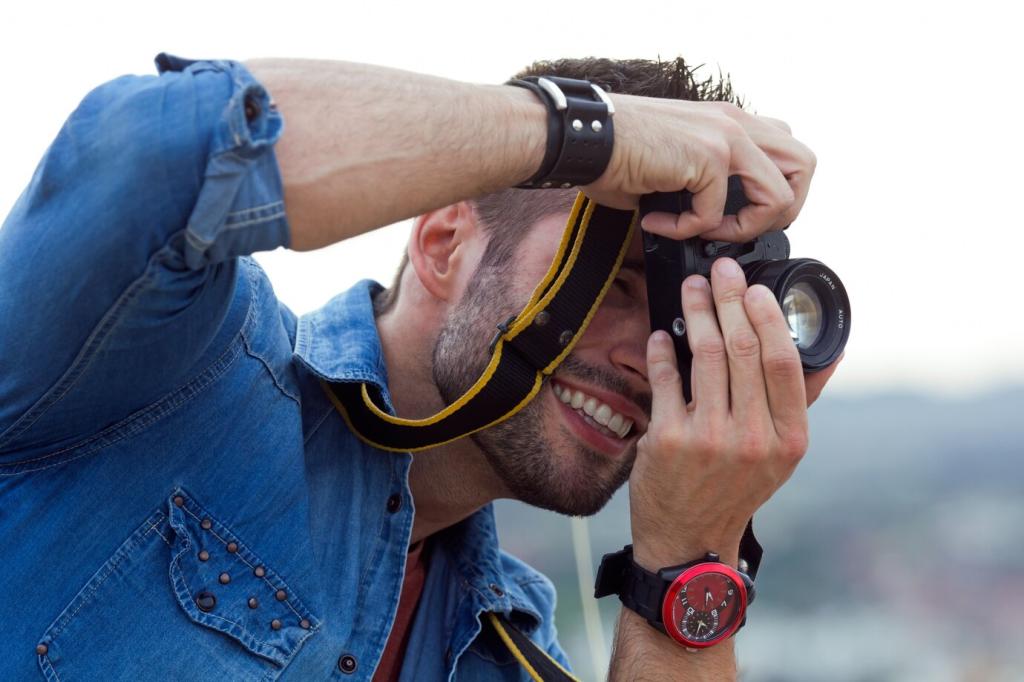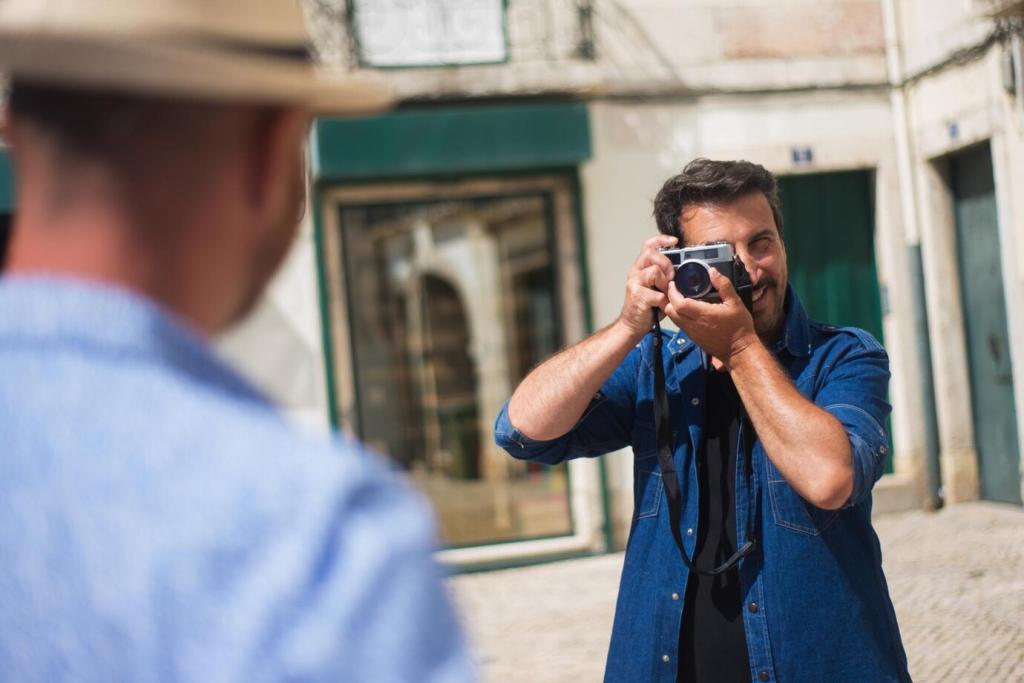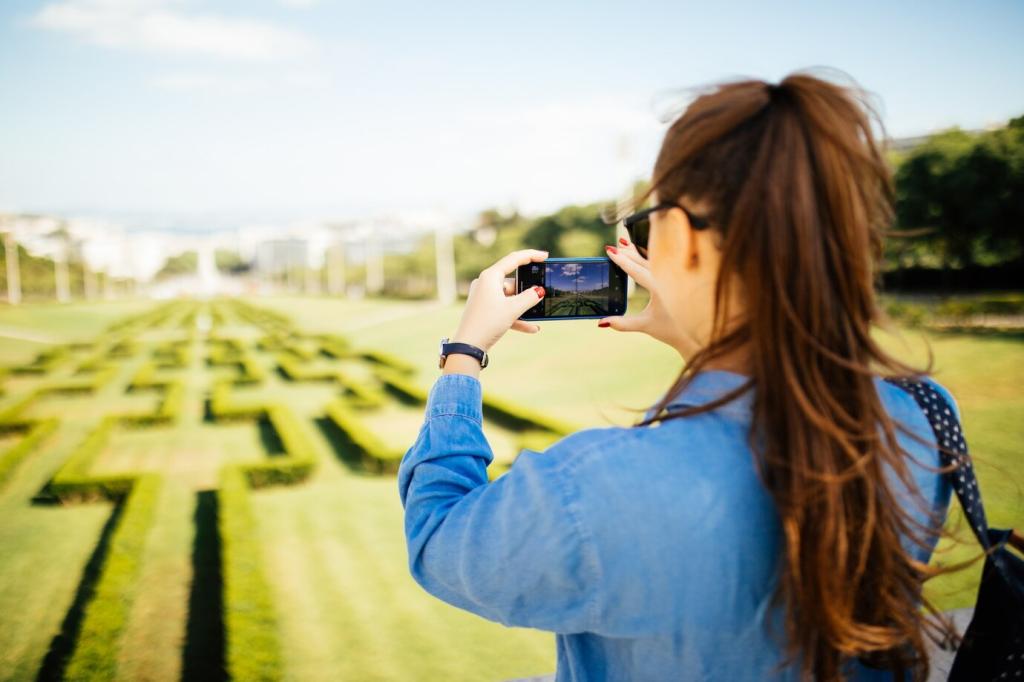Wildlife, Crowds, and Ethics at Peak Light
Use telephotos and keep space: at least 100 yards from bears and wolves, 25 yards from other wildlife. Let silhouettes tell the story without pressure. Share your ethical wildlife sunrise tips, and help educate newcomers who may not realize how quickly stress can alter animal behavior.
Wildlife, Crowds, and Ethics at Peak Light
At popular overlooks, patience and clear communication go a long way. Step aside between exposures, try longer shutter speeds to blur people, or find side angles that isolate your subject. How do you keep good vibes at crowded sunsets? Comment your etiquette hacks and location alternatives.












